We all know that too much sugar isn’t great for our health—it can lead to weight gain, energy crashes, and even increase the risk of serious health conditions like diabetes and heart disease. But the idea of cutting back on sugar can feel overwhelming.
Many people think reducing sugar means giving up all their favorite treats, constantly fighting cravings, or feeling deprived. The good news? That’s not the case at all!
The key to reducing sugar without feeling deprived is making small, sustainable changes that naturally help you crave less sugar over time. Whether it’s choosing smarter alternatives, adjusting your habits, or balancing your meals better, you can still enjoy delicious foods without relying on added sugars.
The best part? Cutting sugar doesn’t mean cutting flavor. From swapping out sneaky sugar sources to making easy adjustments to your favorite meals, there are plenty of simple and practical ways to enjoy a low-sugar lifestyle without feeling restricted.
1. Start Your Day with Protein
Kickstarting your day with a protein-rich breakfast can help stabilize blood sugar levels. Consider options like eggs, Greek yogurt, or smoothies blended with nut butter.
These choices not only satisfy hunger but also keep cravings at bay throughout the day. Additionally, protein aids in prolonged energy release, keeping you alert and full.
Enjoying a substantial morning meal with protein can prevent mid-morning snack attacks. This approach ensures you’re fueled and ready to tackle the day without needing a sugar fix.
2. Swap Sugary Drinks for Infused Water or Herbal Tea
Instead of reaching for sodas or sweetened coffees, try infused water or herbal teas. Adding slices of lemon, cucumber, or berries to sparkling water creates a tasty alternative. Herbal teas like cinnamon or vanilla rooibos offer natural sweetness without added sugar.
These beverages not only hydrate but also help reduce sugar consumption. Experiment with different flavors and combinations to find your favorite.
3. Choose Whole Fruits Over Fruit Juices
Whole fruits are a healthier option compared to fruit juices. While juices strip away beneficial fibers, whole fruits provide a natural sweetness packed with nutrients.
Eating whole fruits ensures you get a good dose of vitamins, antioxidants, and fibers that aid digestion. These nutrients help in stabilizing blood sugar levels, preventing sudden spikes. Moreover, munching on a piece of fruit can be more satisfying than drinking a juice. It encourages mindful eating and portion control.
4. Satisfy Your Sweet Tooth with Dark Chocolate
Craving something sweet doesn’t mean you have to indulge in sugary treats. Opt for dark chocolate with 70% cocoa or higher. It contains less sugar and is rich in antioxidants.
Dark chocolate offers a deeper flavor profile that satisfies sweet cravings effectively. Additionally, it provides magnesium, which supports overall well-being.
5. Opt for Natural Sweeteners in Moderation
Natural sweeteners like stevia, monk fruit, and raw honey offer a sweet taste without the sugar spikes. These alternatives can be used in moderation to sweeten drinks or dishes.
Stevia and monk fruit are low-calorie options that don’t affect blood sugar levels. Raw honey, while containing some sugar, also has antioxidants and nutrients.
Experiment with different sweeteners to find what suits your taste. Use them sparingly to enhance your food without overpowering.
6. Read Food Labels Carefully
Sugar often hides under names like sucrose, fructose, or maltose. By checking ingredient lists, you can make informed choices about what you consume.
Understanding labels empowers you to select healthier options. This practice helps in recognizing hidden sugars in packaged foods.
7. Fill Up on Fiber-Rich Foods
Foods like oats, chia seeds, and flaxseeds help slow digestion, promoting stable blood sugar levels. These foods provide a sense of fullness, reducing the urge to snack on sugary items. This makes it easier to maintain a balanced diet without feeling deprived.
Enjoy fiber-rich foods in various forms, be it breakfast cereals, smoothies, or salads. They make a wholesome addition to your meals, nourishing your body effectively.
8. Balance Your Meals with Healthy Fats
Healthy fats play a key role in managing sugar cravings.
Incorporate sources like avocados, nuts, seeds, and olive oil into your meals. These fats provide sustained energy and keep you full longer. They help prevent sugar spikes that lead to cravings.
By balancing meals with healthy fats, you promote a feeling of satisfaction. This approach ensures you don’t reach for sugary snacks out of hunger.
9. Flavor Foods Naturally with Spices
Spices offer natural ways to enhance flavors without sugar. Use cinnamon, nutmeg, vanilla, and cardamom to add sweetness to foods.
Sprinkle cinnamon on oatmeal or stir vanilla extract into yogurt. These spices provide taste complexity that satisfies sweet cravings.
Using spices creatively in cooking can transform meals, offering delightful tastes that reduce the desire for sugary alternatives.
10. Avoid Low-Fat or Diet Products
Many “low-fat” or “diet” foods compensate for lost flavors by adding extra sugar. Choosing whole, unprocessed foods helps you avoid this trap.
Whole foods like fresh produce, whole grains, and lean proteins offer genuine nourishment. They keep you full and satisfied, reducing reliance on sugary fillers.
Make it a habit to choose quality over misleading labels, ensuring your diet is both tasty and health-conscious.
11. Keep Healthy Snacks on Hand
Having healthy snacks readily available helps fend off sugar cravings. Stock up on almonds, Greek yogurt, hummus with veggies, or hard-boiled eggs. These options provide protein, healthy fats, and fiber, keeping hunger at bay.
Preparing snacks in advance means you’re always ready when hunger strikes. This strategy prevents impulsive, sugar-laden choices.
12. Make Your Own Salad Dressings and Sauces
Store-bought dressings and sauces often contain hidden sugars. Creating your own at home ensures you know exactly what’s in them. Use simple ingredients like olive oil, lemon juice, vinegar, and spices.
Making your own dressings is a simple yet effective way to cut sugar and enjoy delicious meals.
13. Get Enough Sleep
Quality sleep is vital for regulating cravings. Lack of sleep often leads to an increased desire for sugar and junk food. Aim for 7–9 hours of rest to keep hunger hormones balanced.
Establishing a consistent sleep schedule can make cutting sugar easier. Create a restful environment for optimal sleep quality, aiding in overall health and dietary success.
14. Manage Stress with Relaxation Techniques
Stress often triggers cravings for comfort foods high in sugar. Implement relaxation techniques like meditation, deep breathing, or walking. These practices help manage stress effectively, reducing the need for sugary fixes.
By focusing on stress management, you create a healthier relationship with food. Explore different methods to find what calms you best, ensuring you stay resilient against cravings.
A calm mind contributes to better dietary choices and overall well-being.
15. Slowly Reduce Sugar to Avoid Withdrawal
Abruptly cutting sugar can lead to withdrawal symptoms and cravings. Instead, slowly reduce sugar in your diet. This gradual approach retrains taste buds, making the transition smoother.
Start by cutting back on sugar in coffee or choosing low-sugar snacks. Over time, your palate will adjust, finding natural sweetness more appealing.
This method lessens the shock to your system and prevents intense cravings. Embrace the small steps, and celebrate progress in reducing sugar.
Consistency and patience are key to achieving a sustainable, low-sugar lifestyle.
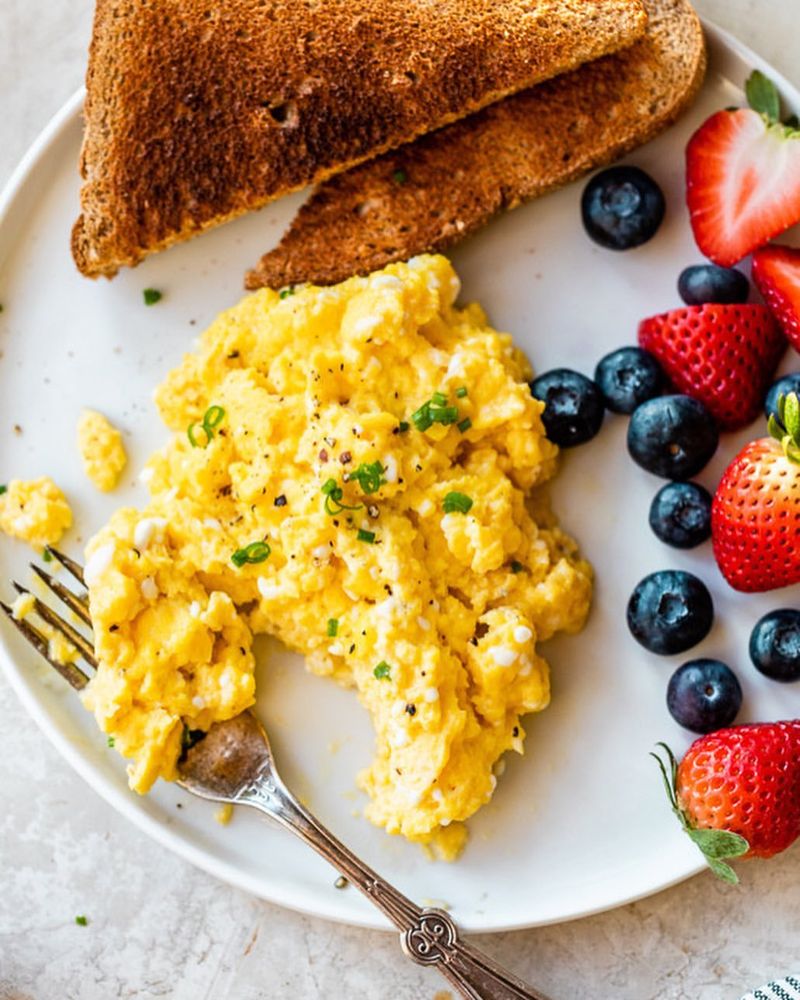

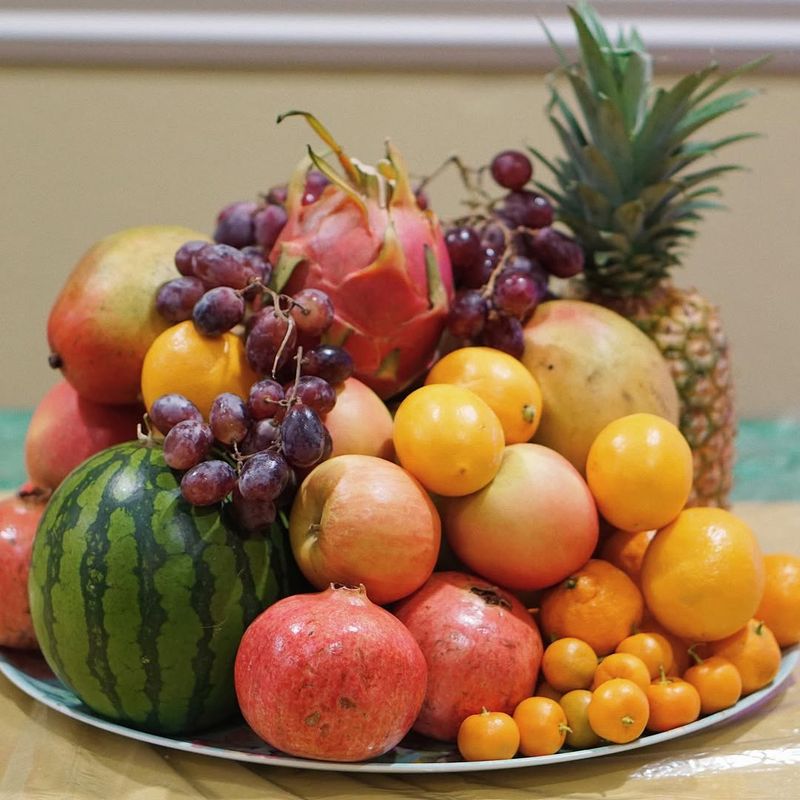


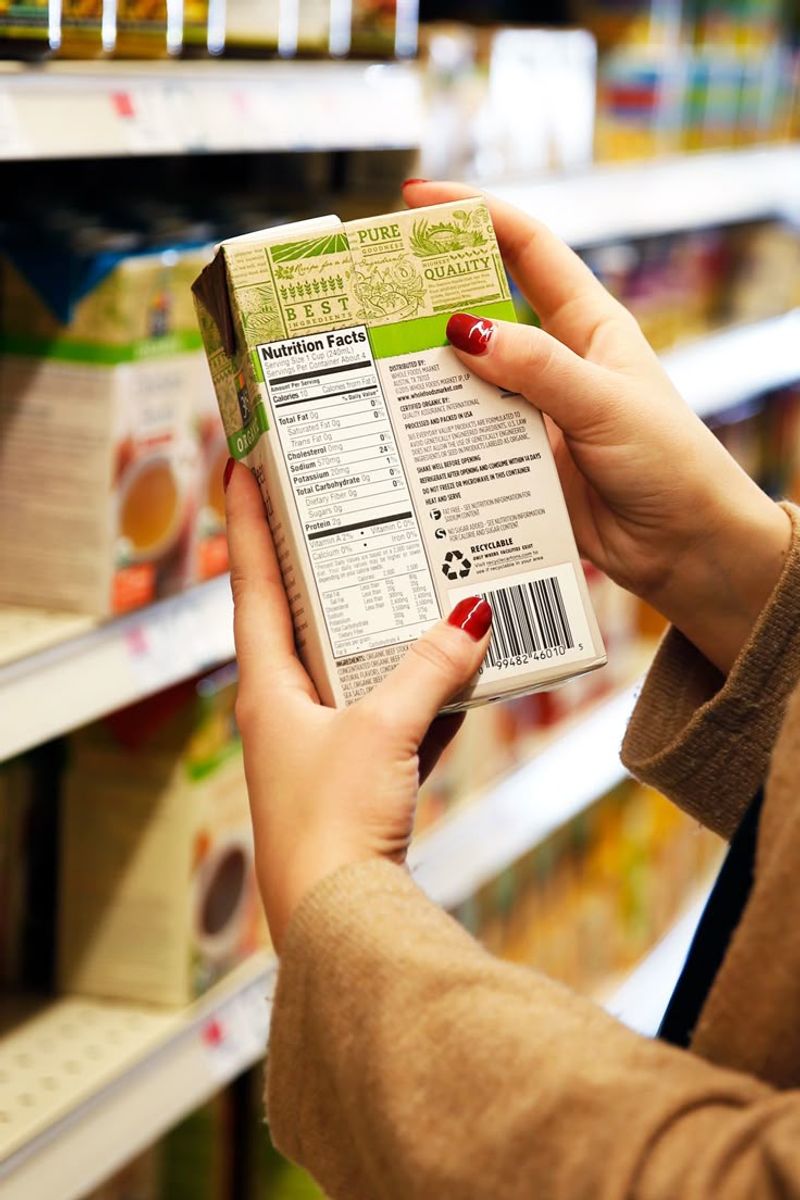
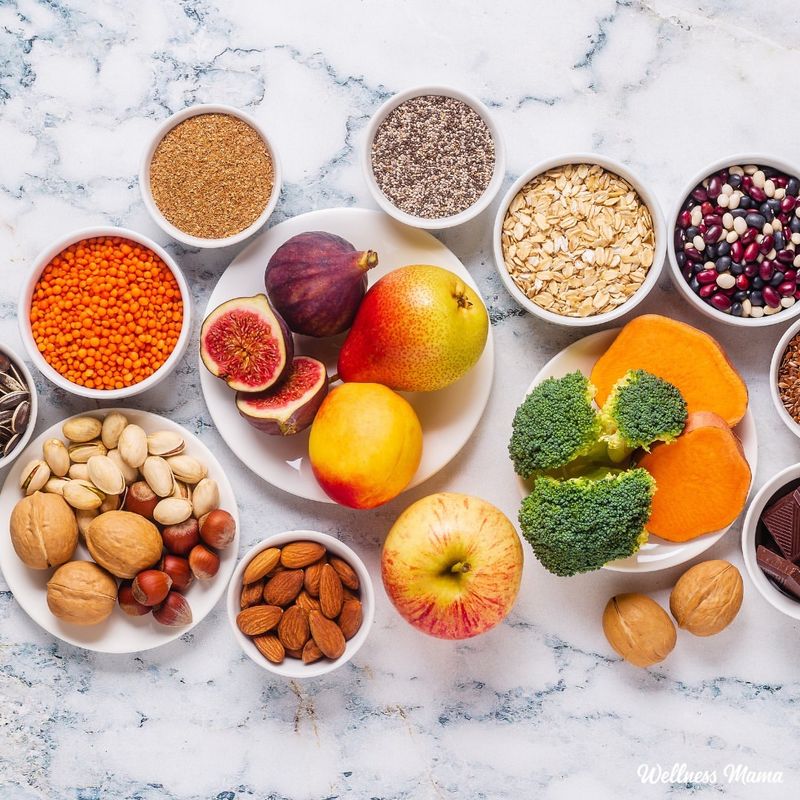
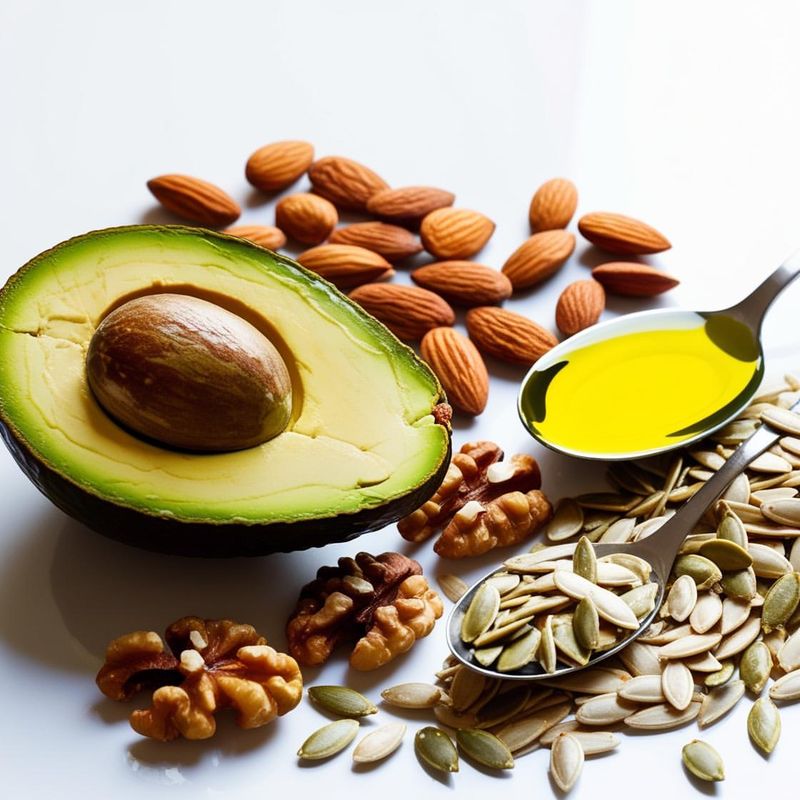
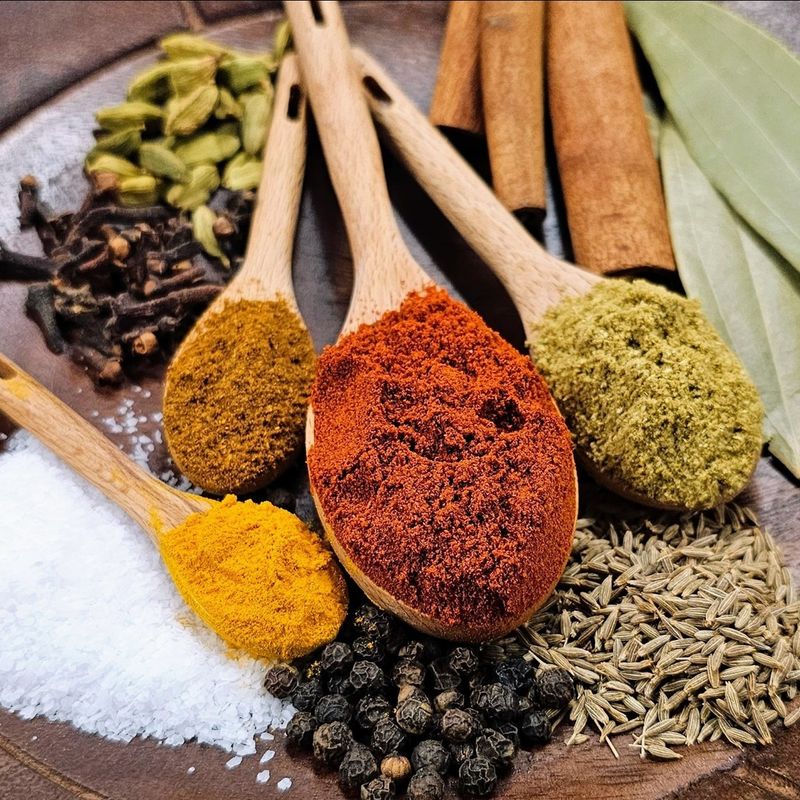
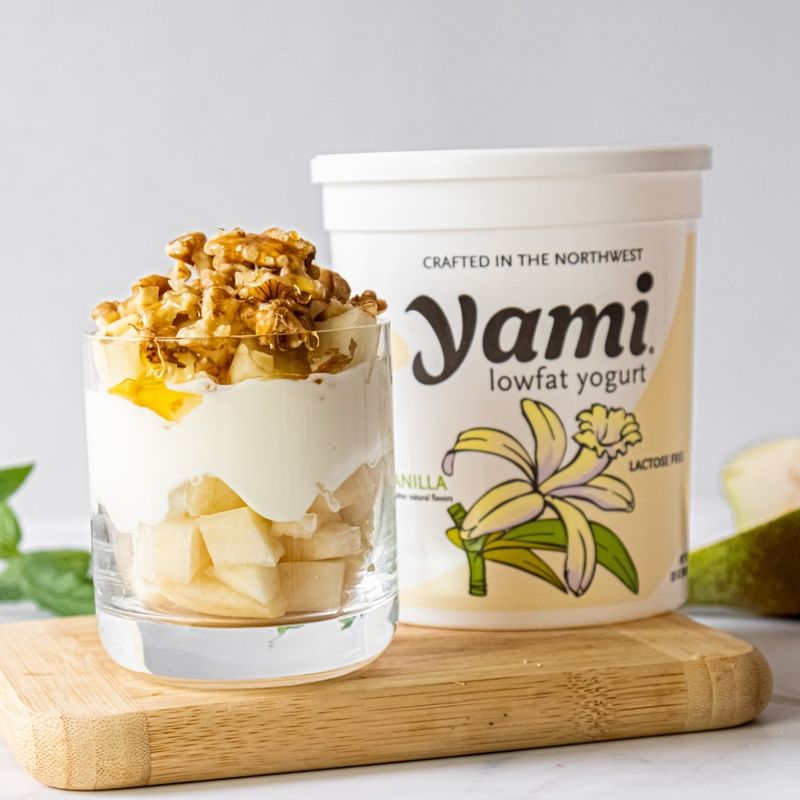
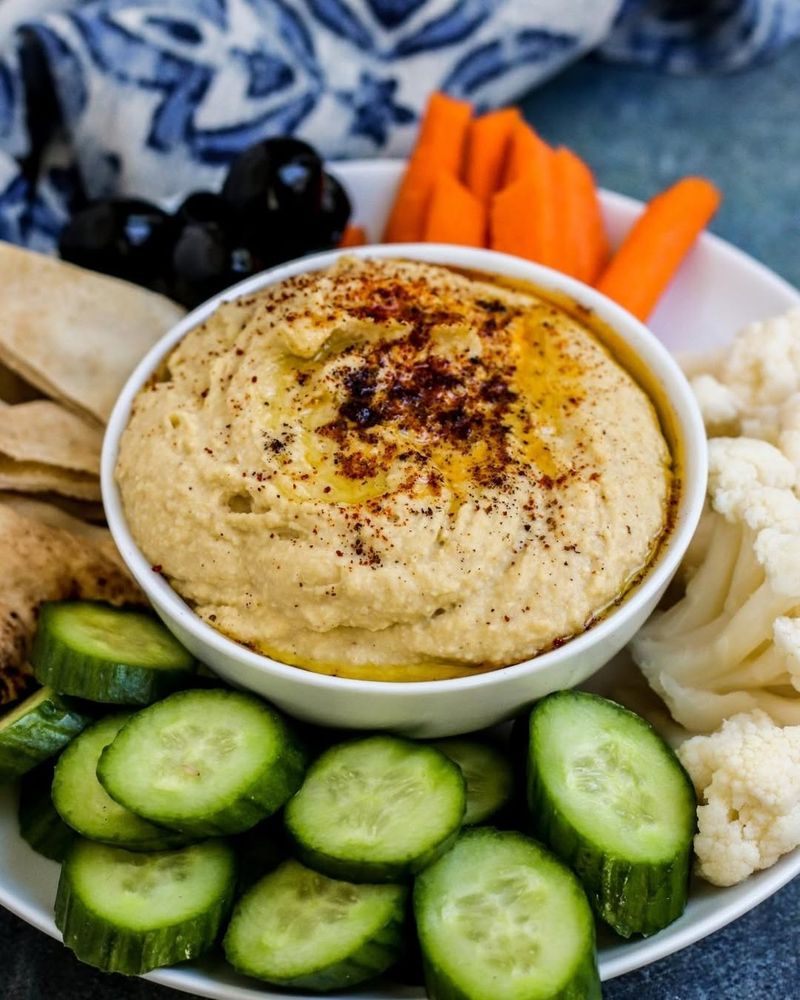
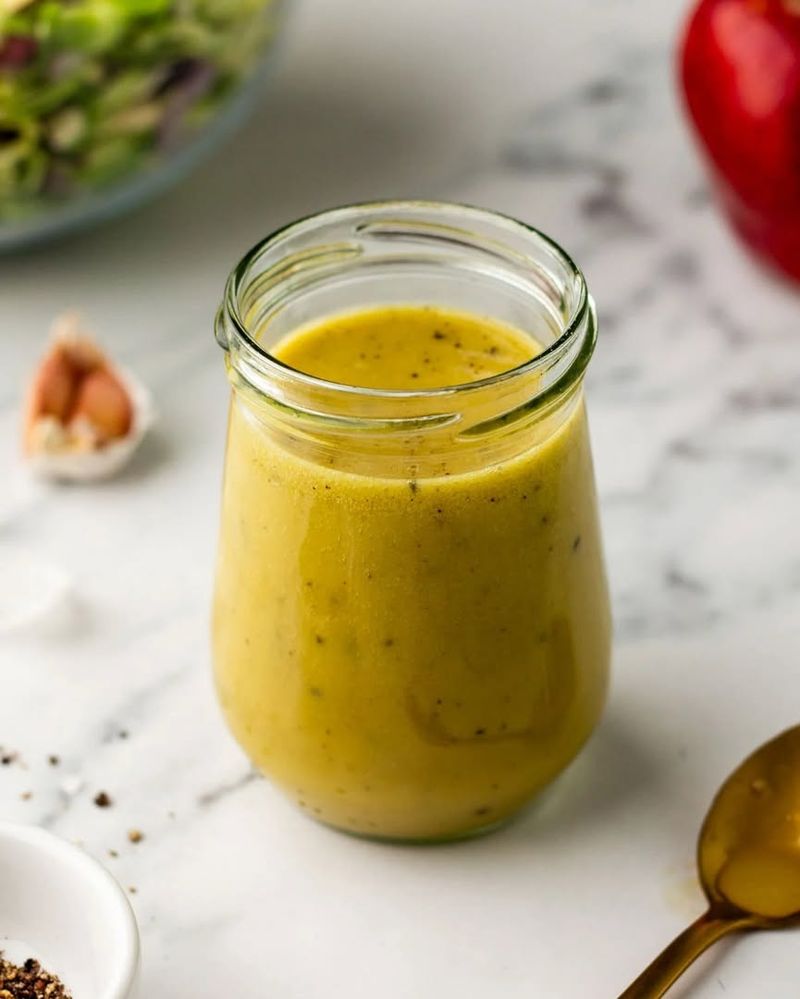



Leave a comment